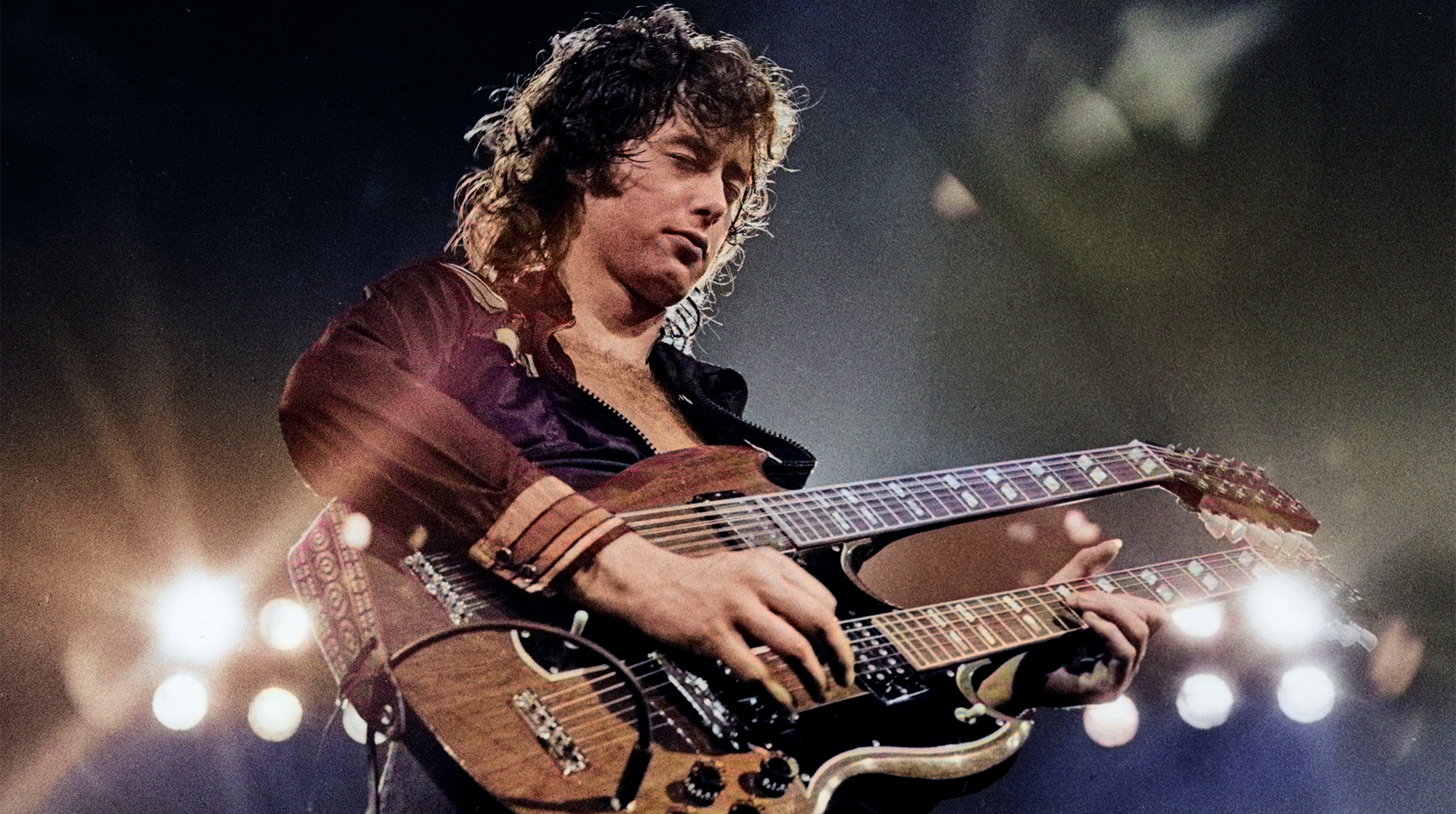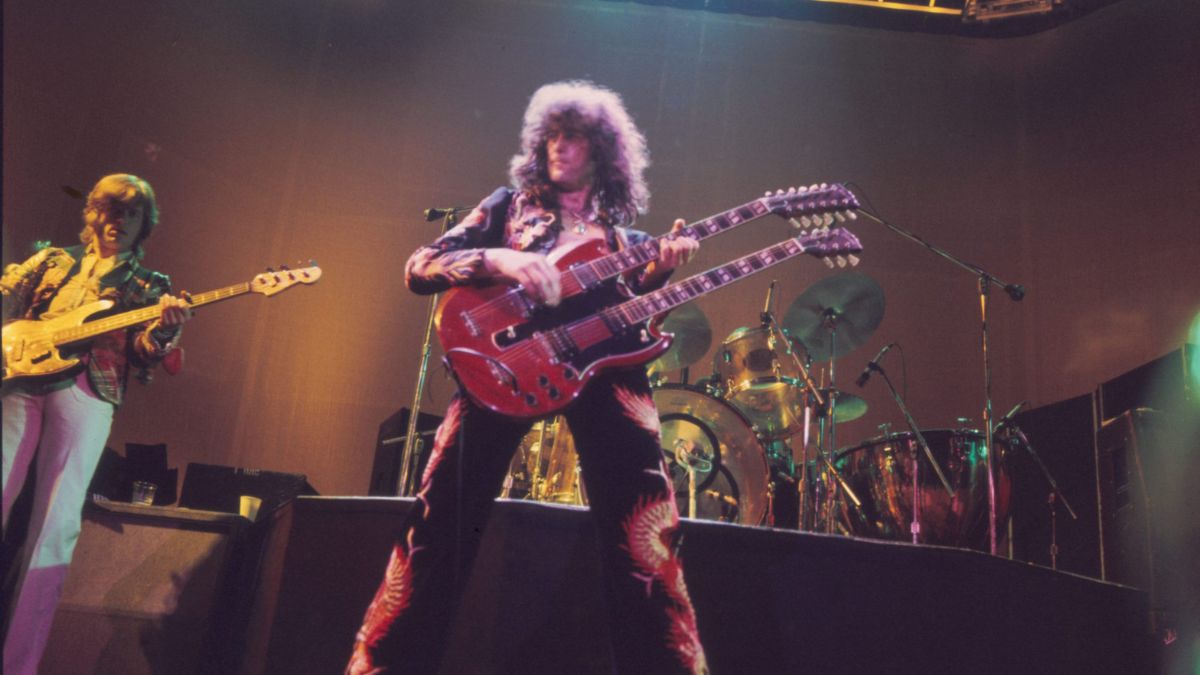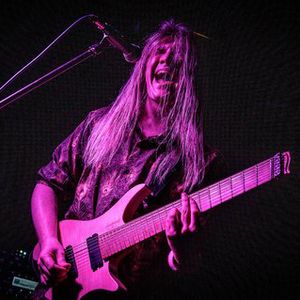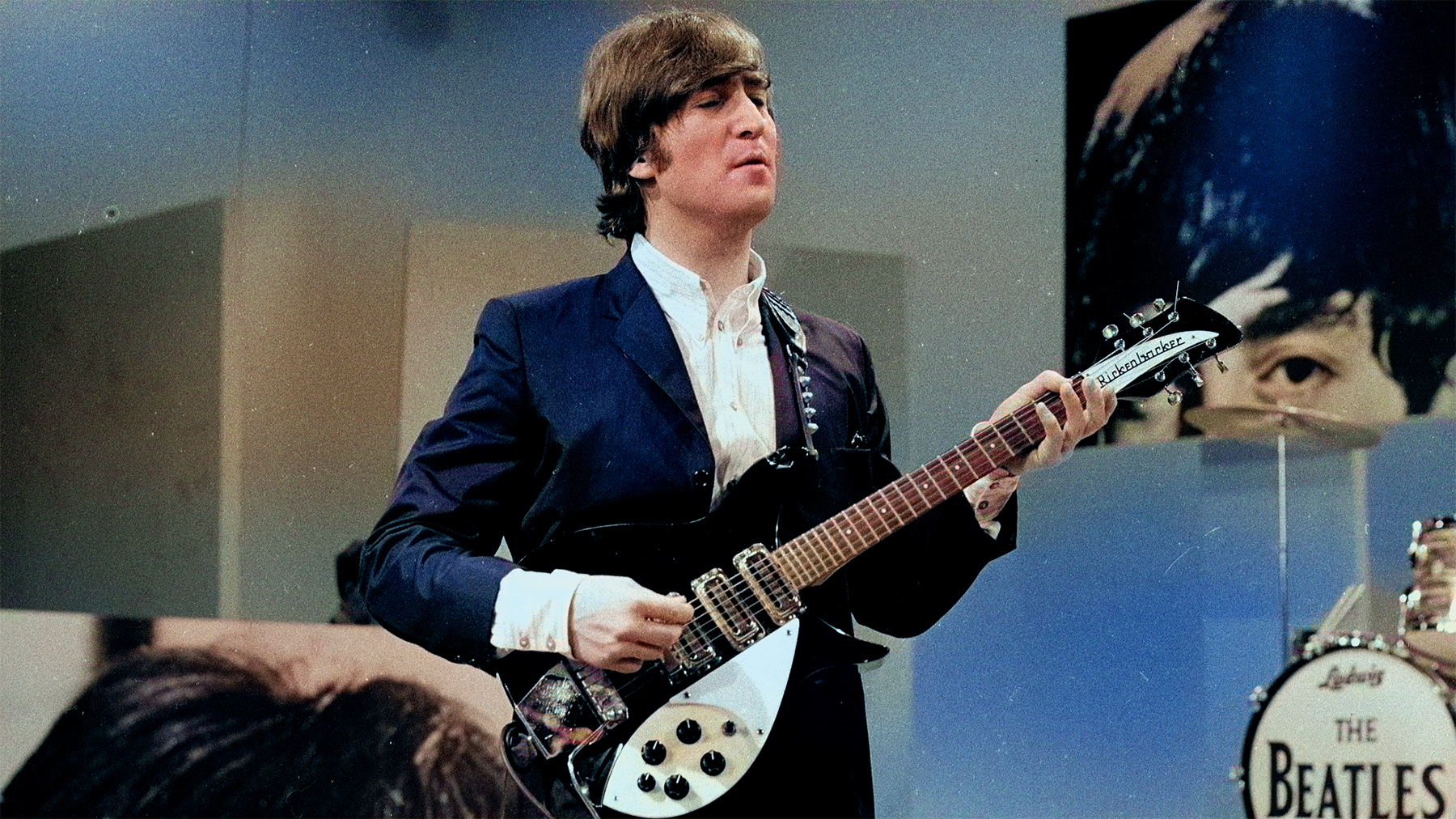“We played it over and over — it was just this great hypnotic beast.” Jimmy Page on the Led Zeppelin riff he couldn’t stop playing
The track expanded his experiments with an alternate tuning, with electrifying results

After his short-lived but electric guitar tandem with Jeff Beck in the Yardbirds, Jimmy Page flourished as the lone guitarist in that group, which led to the formation of Led Zeppelin.
Yet, despite conjuring some intricate and iconic riffs during his days with the band, it was perhaps one of the simplest that became one of his favorites — and certainly the most hypnotic.
By the time Zeppelin retreated once more to Headley Grange to write what would become the album Physical Graffiti, Page had an arsenal of riffs to his name. Chief among them was “Whote Lotta Love,” which regularly ranks high in lists of the greatest guitar riffs of all time.
Headley Grange, the historic former workhouse in Hampshire, England, had proved an inspirational base for the band on previous occasions, including the writing and recording of Led Zeppelin IV. It would prove to be influential again when Page’s jams with drummer John Bonham, and continued experimentations with DADGAD tuning, brought their next masterpiece — “Kashmir” — to life.
“It originated from playing around with the tuning,” he told the Edge and Jack White in the It Might Get Loud documentary from 2008. His relationship with the tuning, which has origins with the sitar, can be traced as far back as "Black Mountain Side" from the band's 1969 self-titled debut album. But where that was played on acoustic guitar, Page would go electric this time around.
“It just so happened that there was this song I had called ‘Swan Song,’ and it had these intricate parts at the end,” he added. They included “Kashmir”'s trademark climbing riff and the descending line that forms a bridge between the verses. At the point, the two parts were joined, with the descending line coming ahead of the climbing riff.
“John Bonham was there — and the others, I don't know where they were. They weren't actually at the house. I said, 'I've got this riff,' and I turned it 'round,” he says, by placing the trademark climbing riff first.”
All the latest guitar news, interviews, lessons, reviews, deals and more, direct to your inbox!
It was certainly not the first or last time Page would work out a song with help from the drummer.
“It was always important for me to sketch things out with John Bonham, as there was always so much improvisation,” he said in the book 1975: The Year The World Forgot, expanding on the song’s genesis.
“We locked in, with a fusion between the guitars and the drums. There was a great understanding between us,” he went on. “We played ‘Kashmir’ over and over, just the two of us, because it was just this great hypnotic beast, with him appearing to reverse the beat.”
Page’s riff is actually in 3/4, and with Bonham plodding in steady, 4/4 time, the pulses of the two instruments constantly weave in around each other. Tesseract guitarist Acle Kahney, who is credited as one of the founders of the djent guitar movement, drew direct influence from this song, building the band’s foundation on DADGAD tuning and seven-string variants, as well as the hypnotic polyrhythmic feel it produced. That shows how, decades later, the magic of the riff still resonated with guitar players.
“Musically, it’s a round, like Frère Jacques, where you can lay things on top of it,” Page told Rolling Stone in a 2015 interview. “That was the idea of having this riff that was gonna be really intense, and probably pretty majestic as well, but quite intriguing.
“But the fact was, it was going to be built around the sound of Headley, and the drums in the hall. That’s how I heard it, and that’s how I saw it, but I also heard it with orchestra in mind.

“It was the first track where we actually heard the complement of a full orchestra on top of the brass, and the strings. We’d used strings on 'Friends,’ on the third album, just a small string session, but this was really something that was meant to be pretty epic and substantial.”
Speaking previously, Page had explained how many of Zeppelin’s strongest riffs came from his private practices.
“I play at home, and before I knew where I was, things would be coming out, and that’s those little sections or riffs,” he said. “At that stage, it’s selection and rejection. It’s whether you continue with something or you go, ‘No, that’s too much like something else,’ and then you move into something else.”
But sometimes, as was the case for “Rock and Roll,” which he say came to home “from the ether.” Albeit with a little help from Bonham.
“We were working on something else and John Bonham happened to play — just as you do sometimes, because we were recording — this intro from ‘Keep A-Knockin’,’ from Little Richard, and I went, ‘Oh, that’s it!’” he recalled. “I did this chord and half a riff that was in my head — ‘Let’s do this.’”
Page, who released his new signature Gibson SJ-200 late last year, has recently looked back on his Live at the Greek record, where he performed Led Zeppelin classics with the Black Crowes. And it provided an emotional experience for the guitarist, who got to do something he never could in the Zeppelin.
Meanwhile, Page's long-running copyright dispute with the "Dazed and Confused" songwriter has taken another twist in light of the recent Becoming Led Zeppelin documentary.
A freelance writer with a penchant for music that gets weird, Phil is a regular contributor to Prog, Guitar World, and Total Guitar magazines and is especially keen on shining a light on unknown artists. Outside of the journalism realm, you can find him writing angular riffs in progressive metal band, Prognosis, in which he slings an 8-string Strandberg Boden Original, churning that low string through a variety of tunings. He's also a published author and is currently penning his debut novel which chucks fantasy, mythology and humanity into a great big melting pot.



